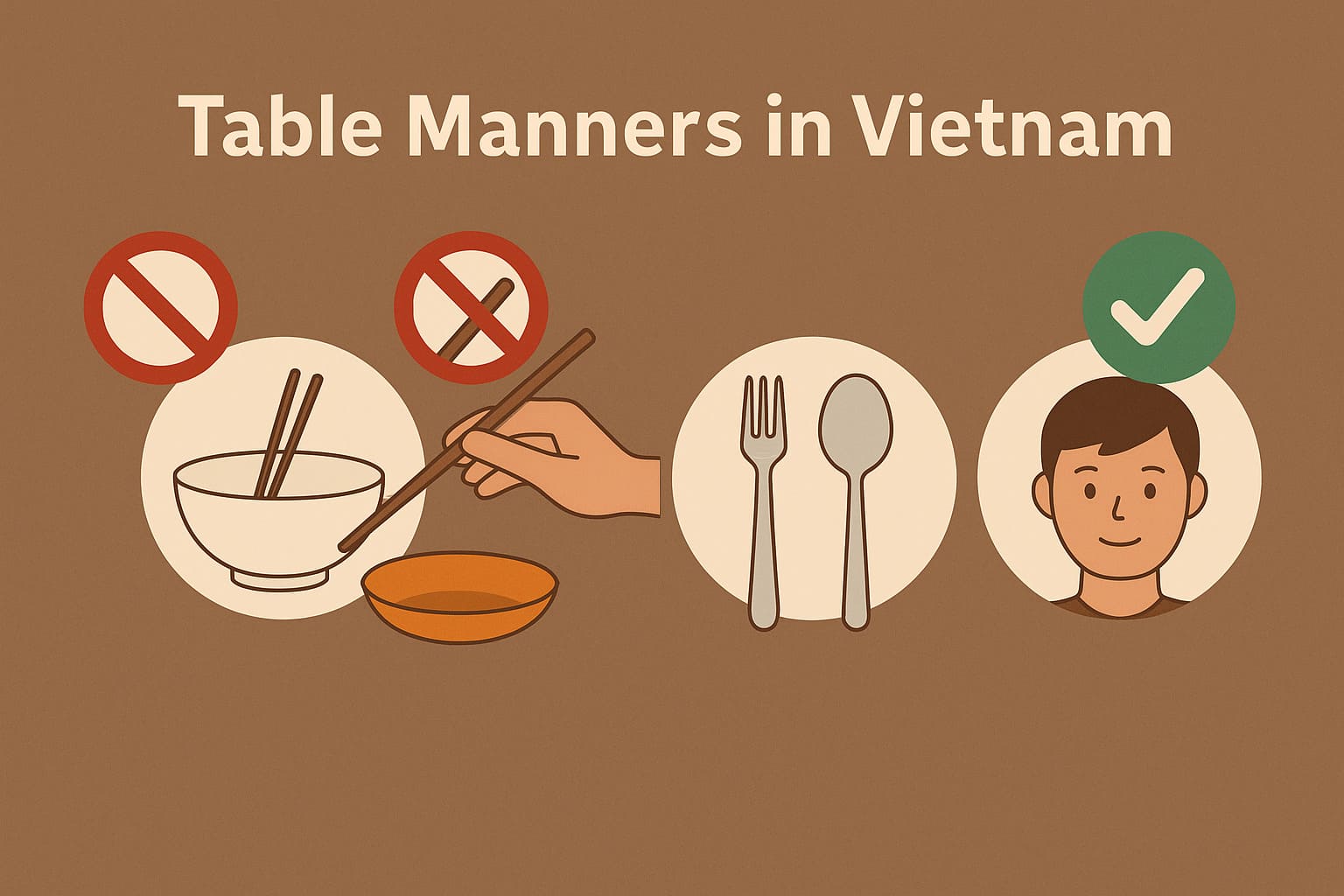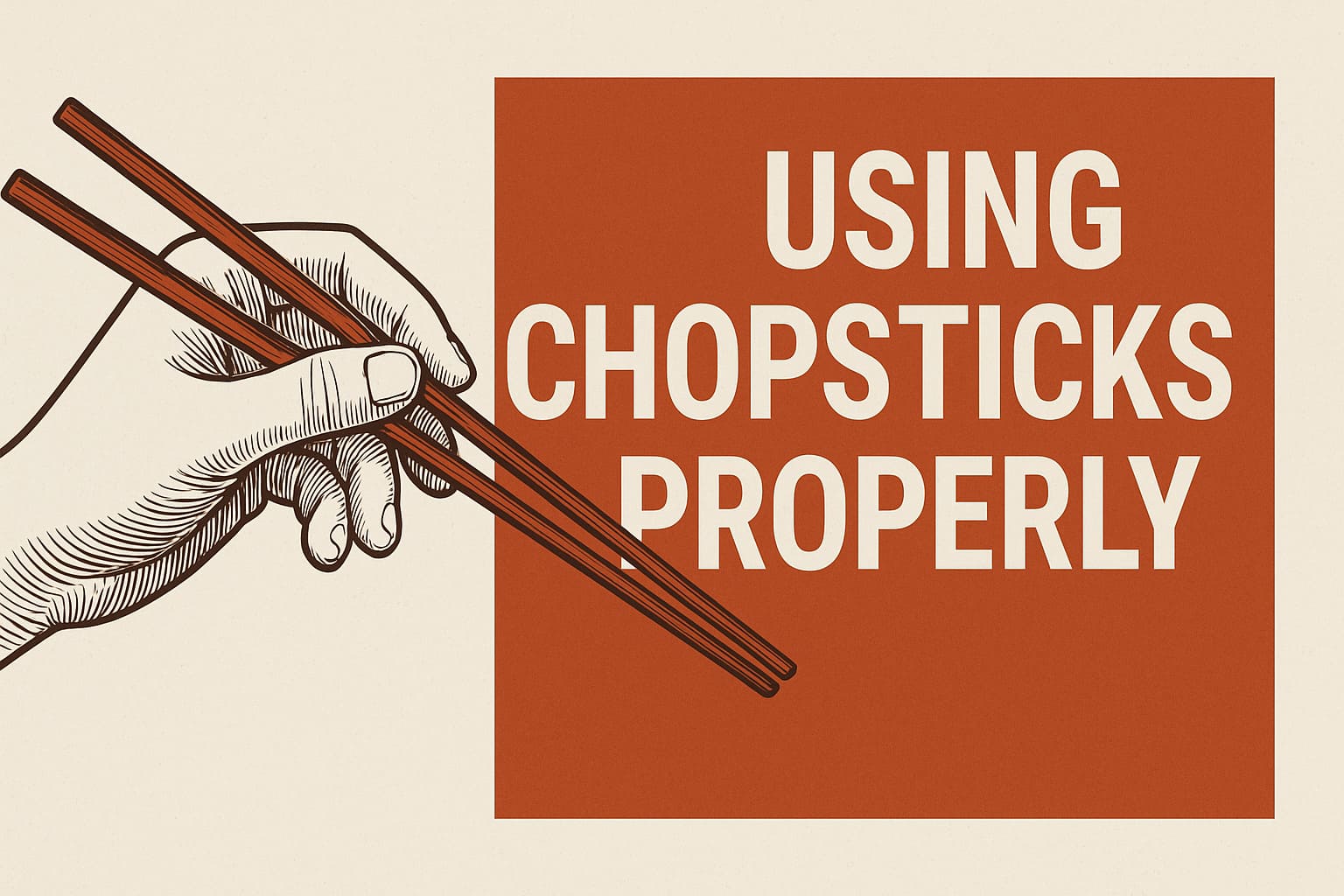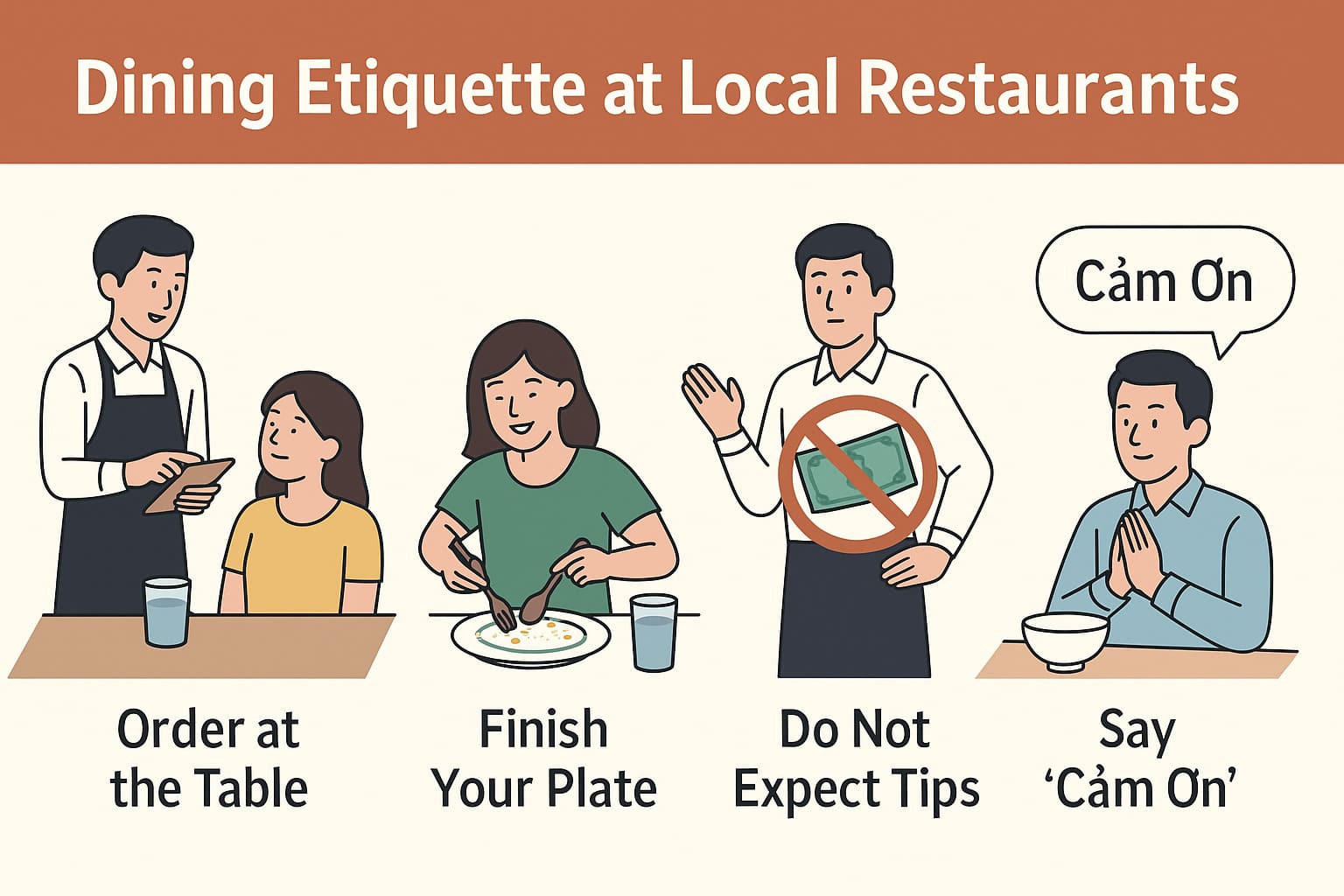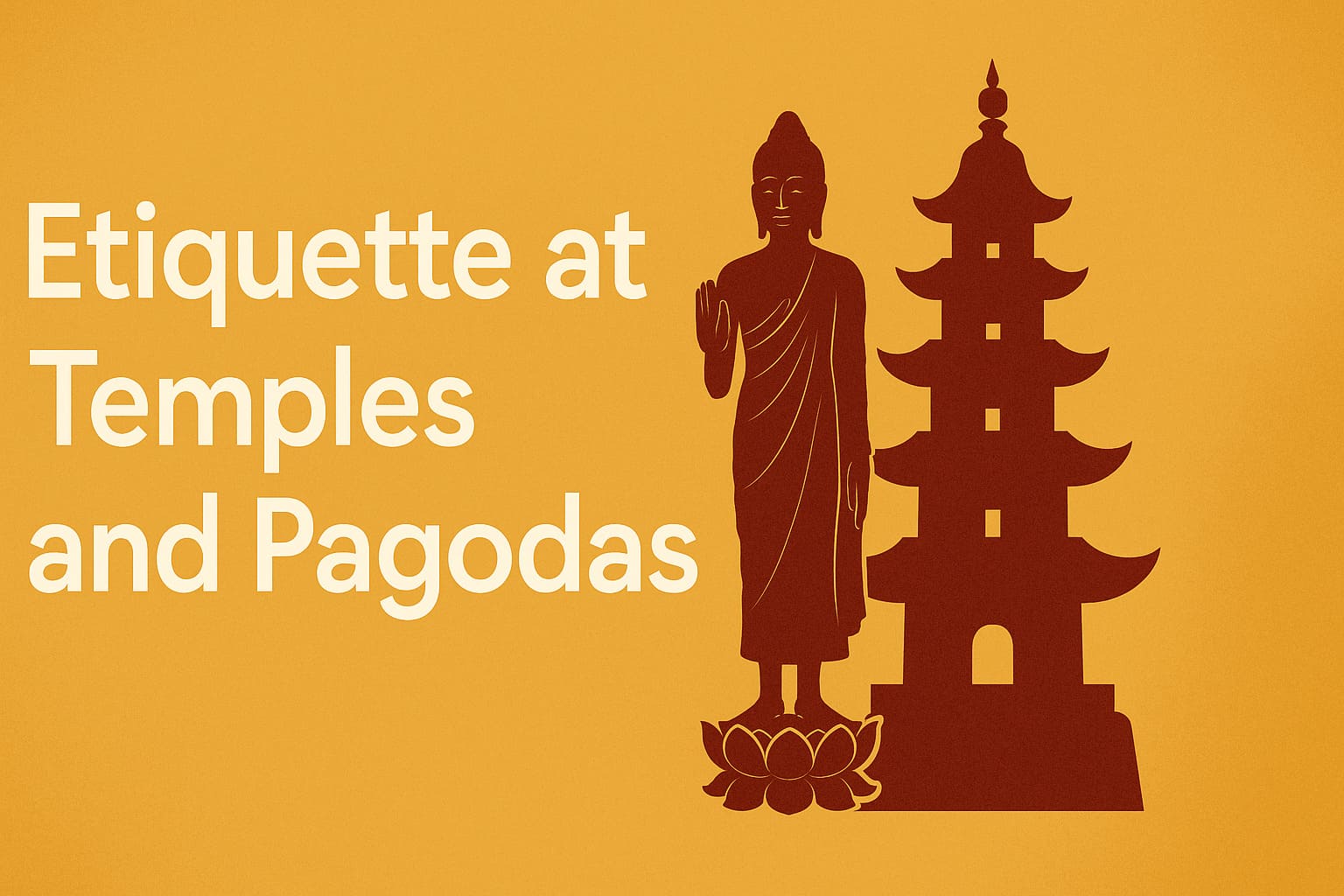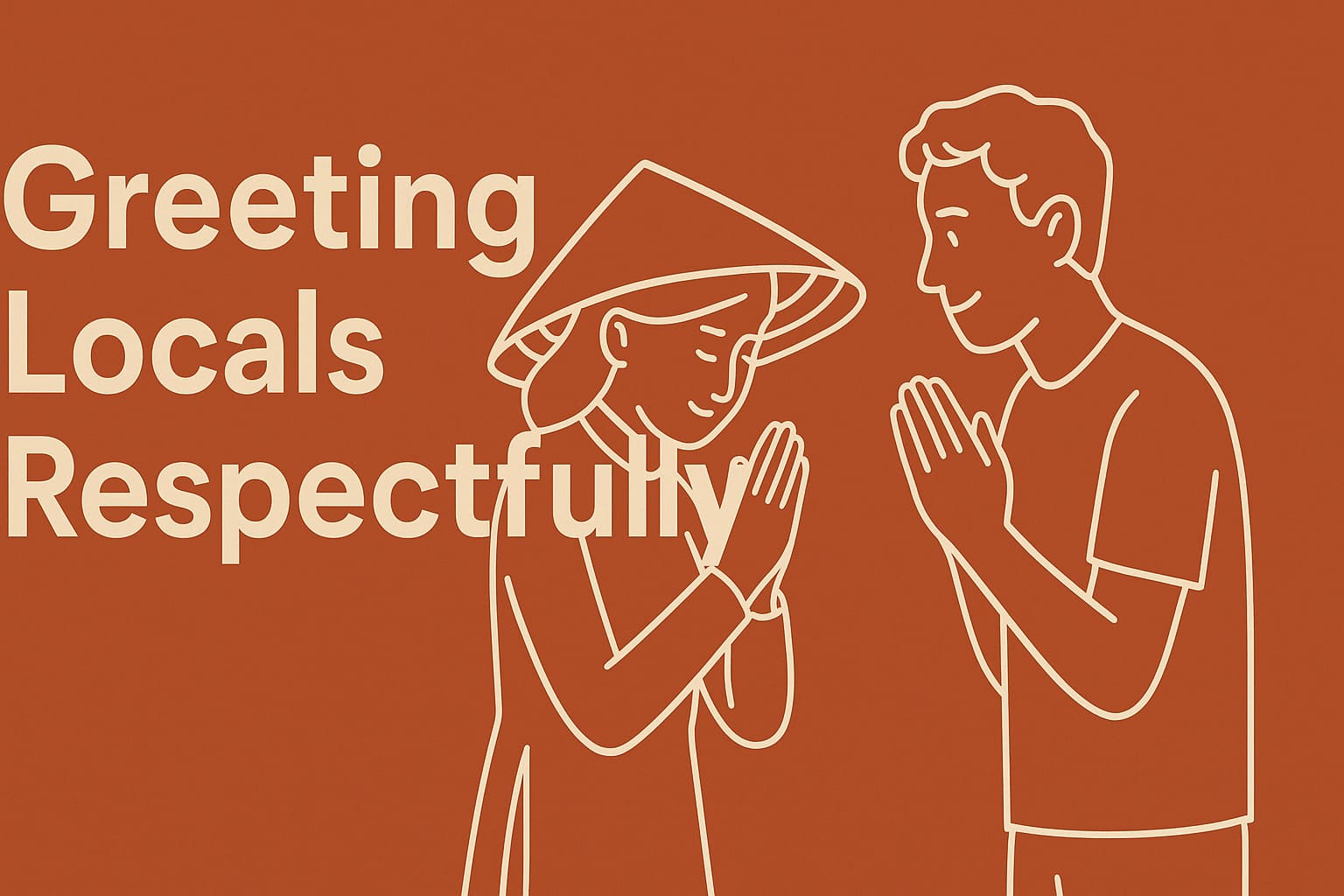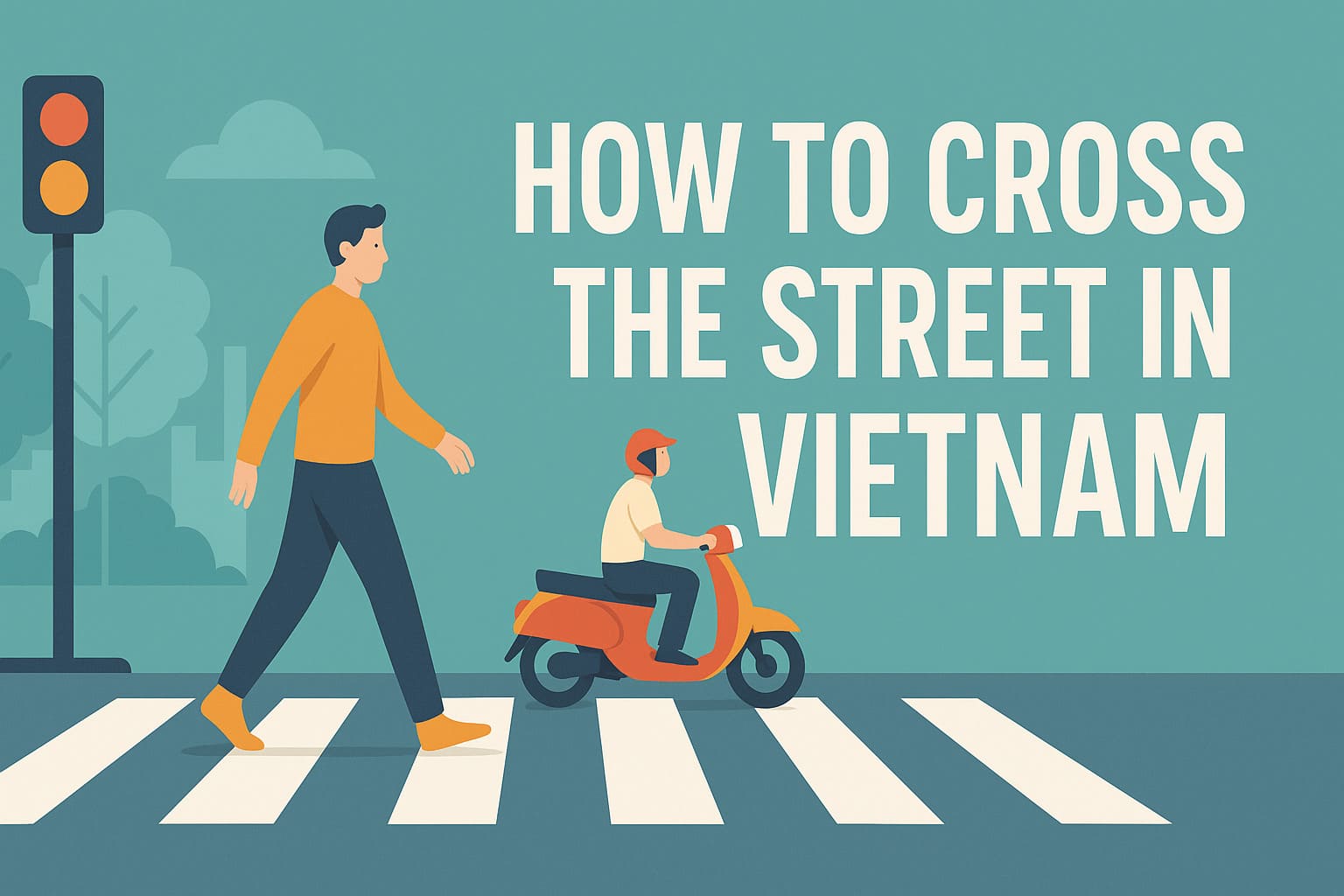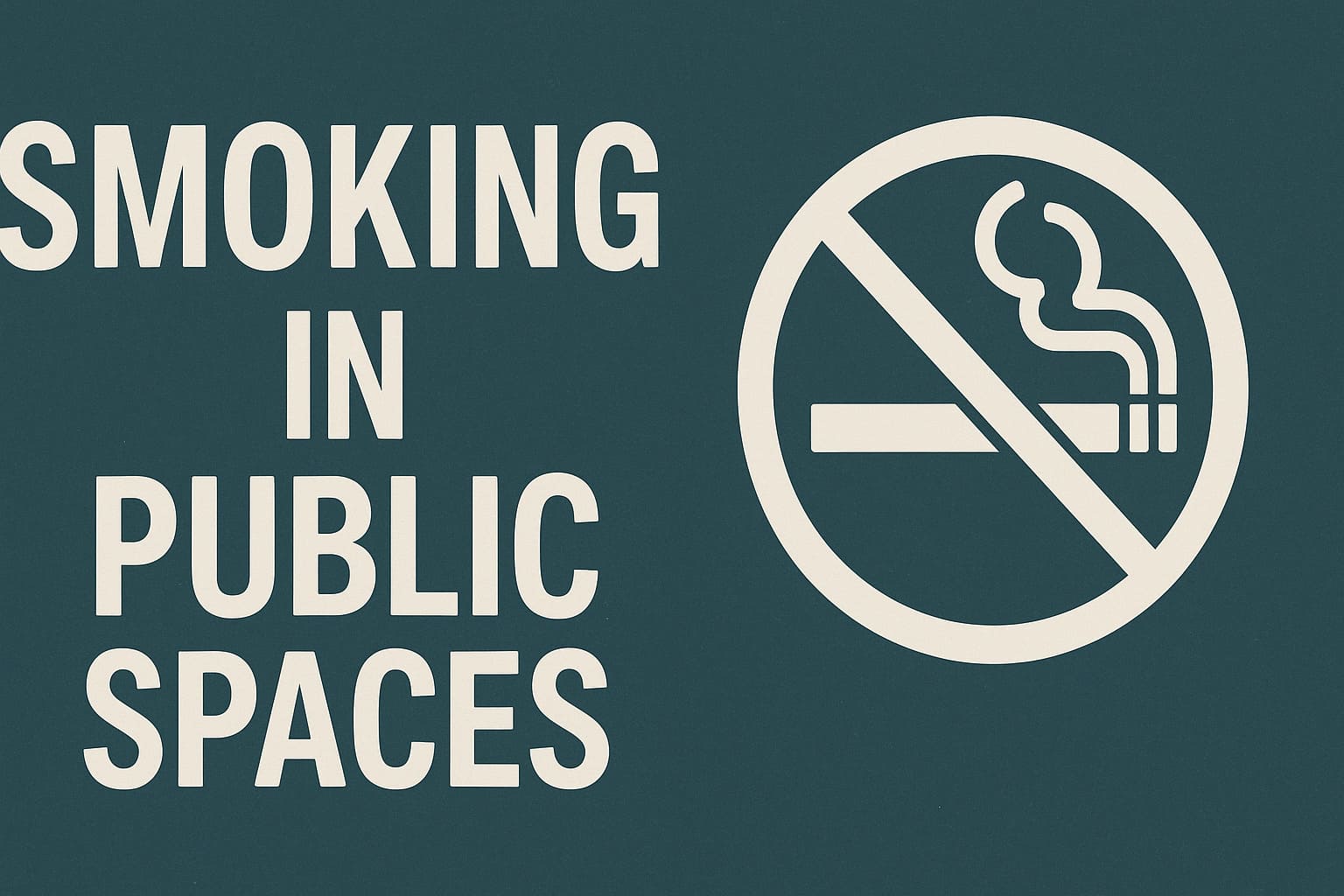Homestays are a popular and distinctive form of accommodation in Vietnam, especially in rural areas, mountainous regions, or destinations with strong cultural identities such as Sapa, Ha Giang, Mai Chau, Hoi An, and the Mekong Delta.
Rather than staying in a modern hotel, travelers have the opportunity to live with a local Vietnamese family, share meals and living space, and experience daily life in an intimate and authentic way.
This type of accommodation has become increasingly favored by international visitors due to its warm hospitality, reasonable cost, and deep cultural immersion.
2. What to Expect When Staying at a Homestay
Basic Facilities
- Homestays typically offer simple and clean rooms, sometimes in a shared dormitory-style layout.
- Some provide private bathrooms, while many still use shared facilities.
- Wi-Fi is available in most places, though it may be inconsistent in mountainous or remote areas.
Shared Family Meals
- Many homestays include communal meals with the host family, featuring traditional Vietnamese dishes such as sweet-and-sour soup, braised fish, or sticky rice.
- This is a great opportunity to taste authentic home-cooked Vietnamese food using fresh, locally sourced ingredients.
Community Activities
- Some homestays offer cooking classes, farming experiences, traditional weaving, cycling tours through villages, or participation in local festivals.
- These experiences help travelers understand local culture, customs, and daily life on a deeper level.
3. Cultural Tips and Etiquette
Respect Private Space
- While warmly welcomed, guests should respect the family’s routines and personal space.
- Avoid using private rooms or household items without permission.
Dress Appropriately
- Wear modest clothing, especially when joining community events or visiting places of worship such as pagodas and temples.
- Avoid overly revealing outfits like tank tops or short shorts in shared spaces.
Communication and Language
- Most hosts do not speak fluent English, so learning a few basic Vietnamese phrases such as “Cảm ơn” (Thank you), “Ngon quá” (Delicious), or “Tôi tên là…” (My name is…) can make communication easier and show cultural respect.
4. Tips for a Smooth and Memorable Homestay Experience
Book in Advance
- High season varies by region: December–April in northern Vietnam, May–September in central and southern regions.
- Book your homestay ahead of time using reliable platforms such as Booking.com, Agoda, or Airbnb.
Bring Personal Essentials
- Pack essentials like a towel, toothpaste, indoor slippers, and personal toiletries, as not all homestays provide them.
Be Open to Differences
- Each family has its own customs. Outdoor showers, sleeping on mats, roosters crowing at dawn, or having dinner at 6 PM are all part of the experience.
- Keep an open mind and respectful attitude—you’ll adapt quickly and enjoy the journey.
✅ Conclusion
Staying at a homestay is one of the most rewarding ways to explore Vietnamese culture up close.
From a simple home-cooked meal to a heartfelt conversation around the family fire, every moment offers genuine human connection and insights that go far beyond what conventional tours can offer.
Whether you’re traveling solo, with a partner, or in a group, homestays will leave you with lasting memories and new friendships across Vietnam.



